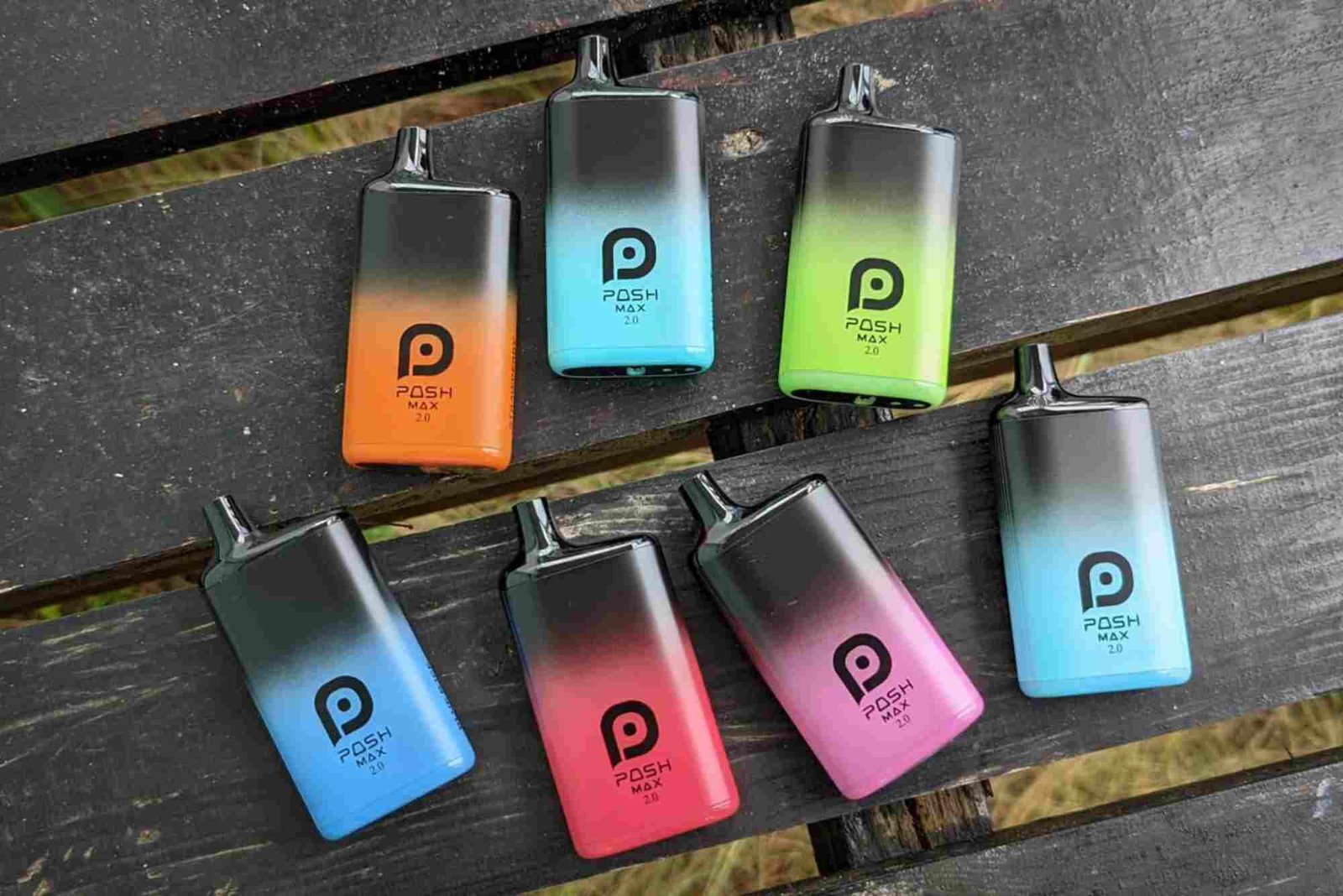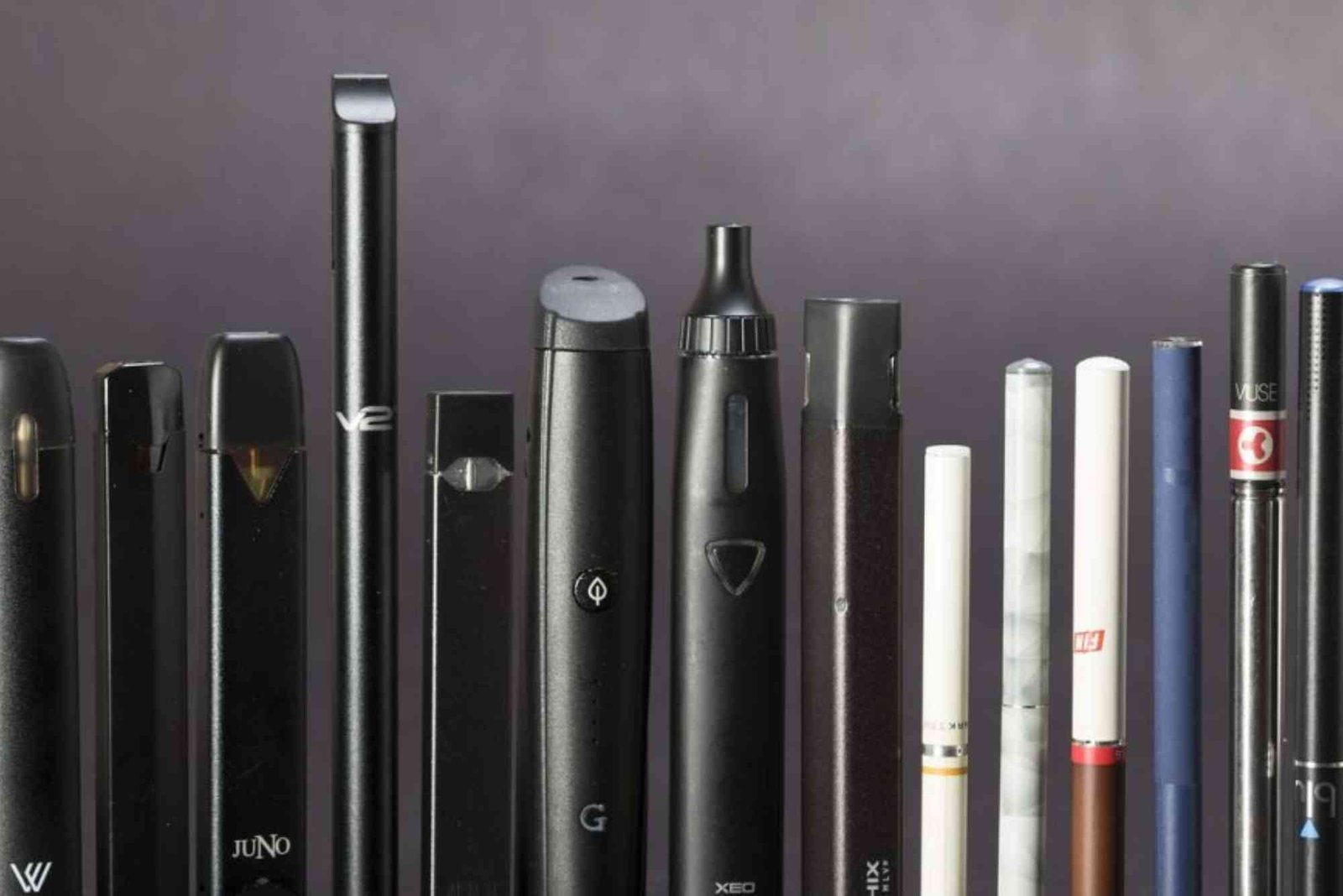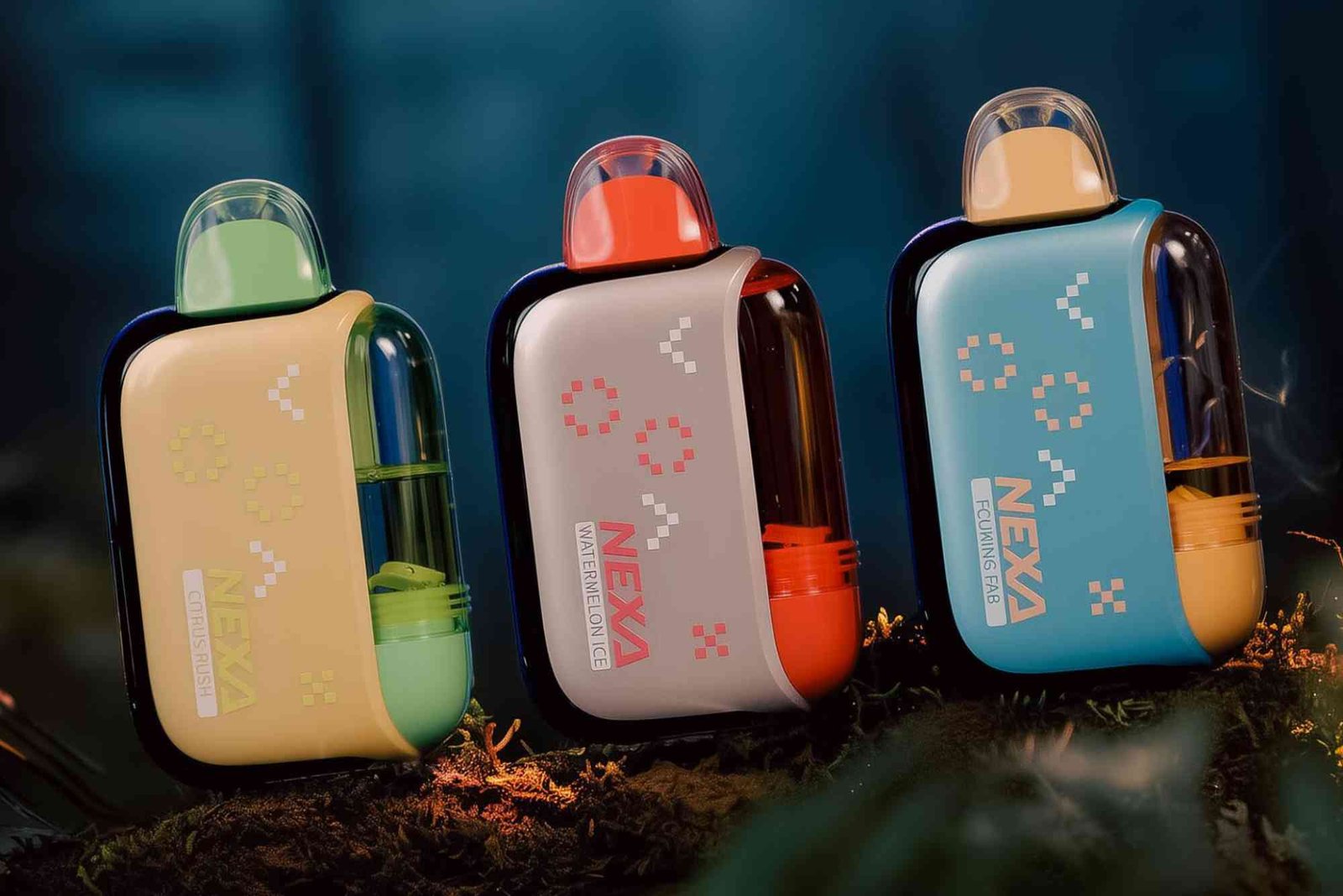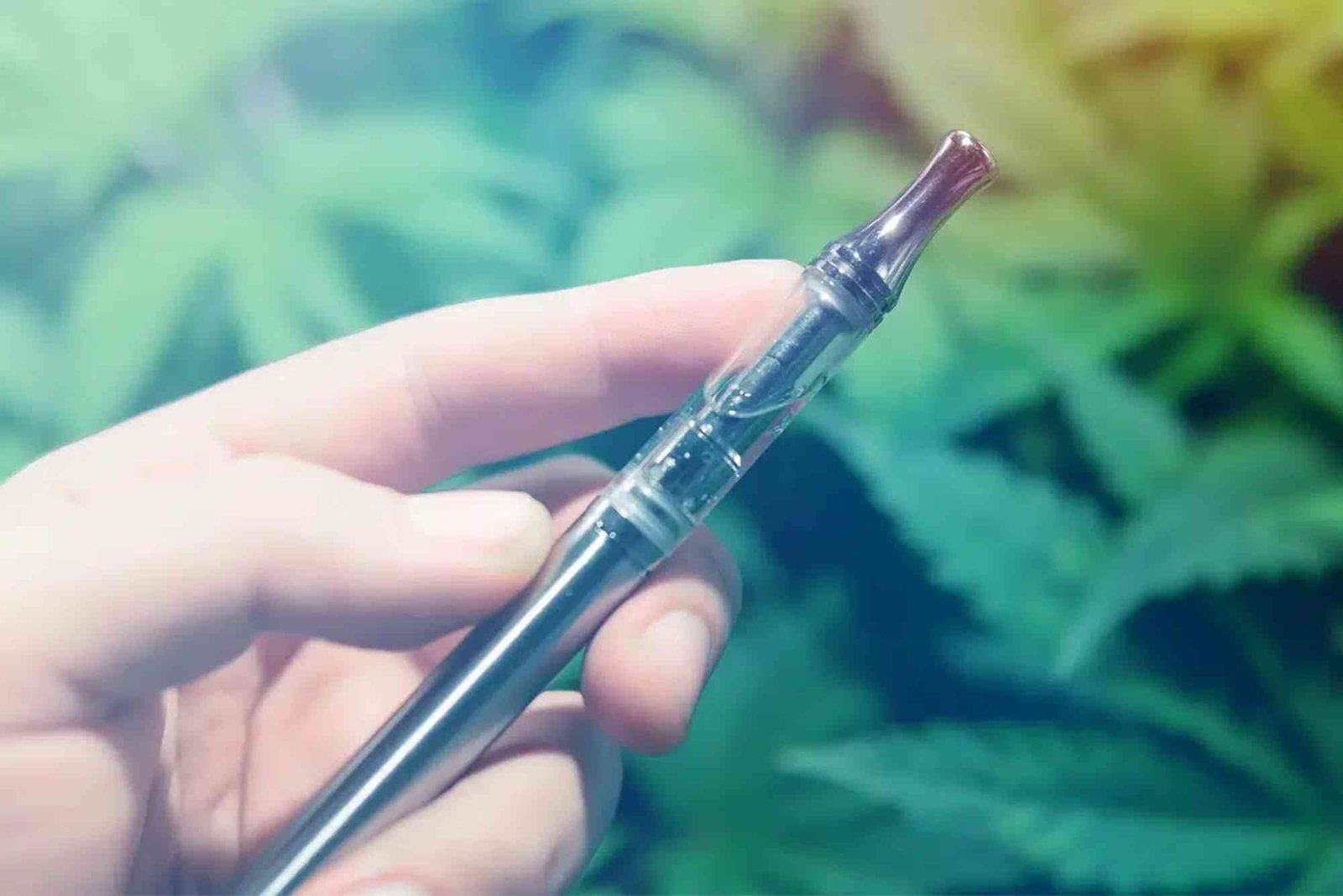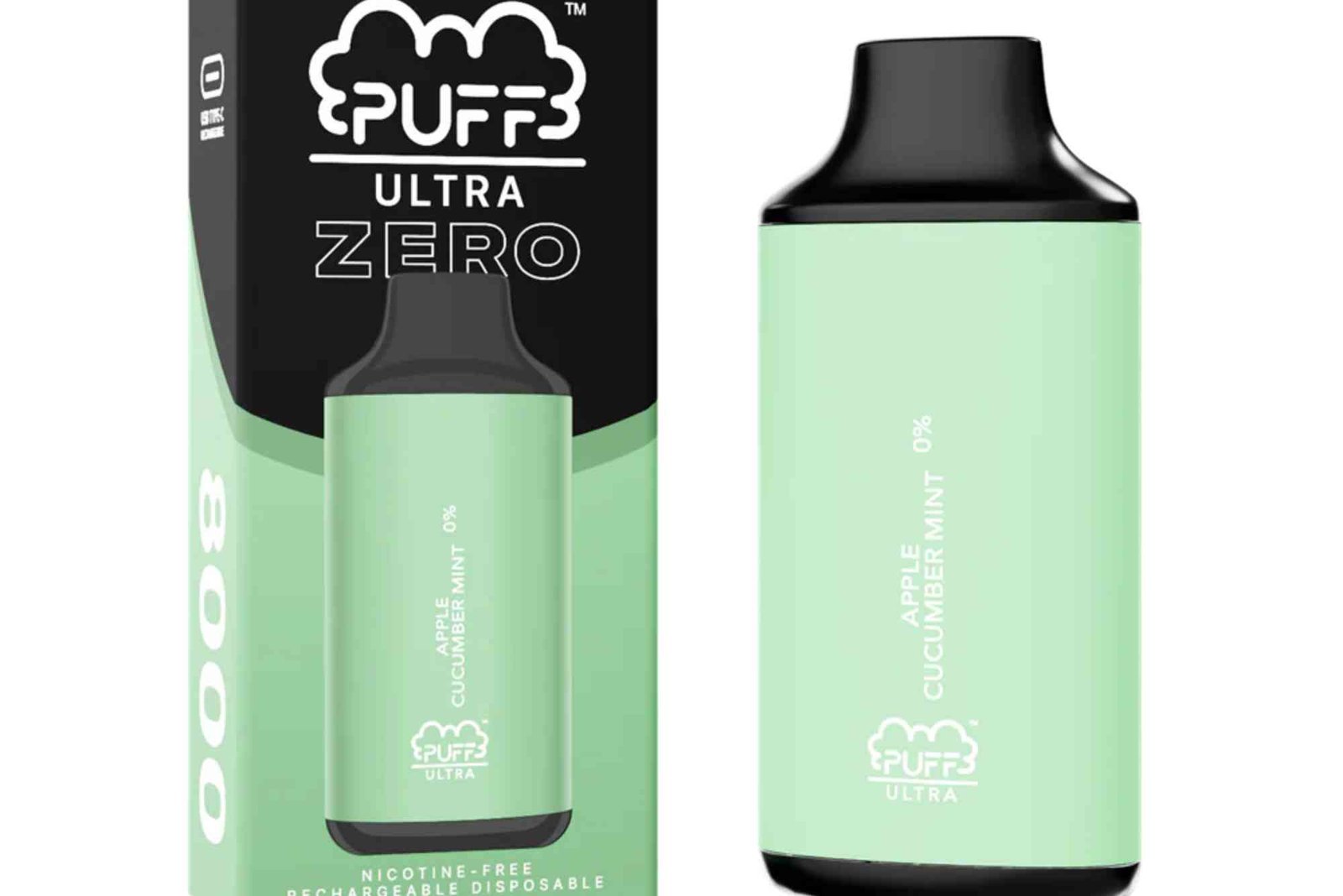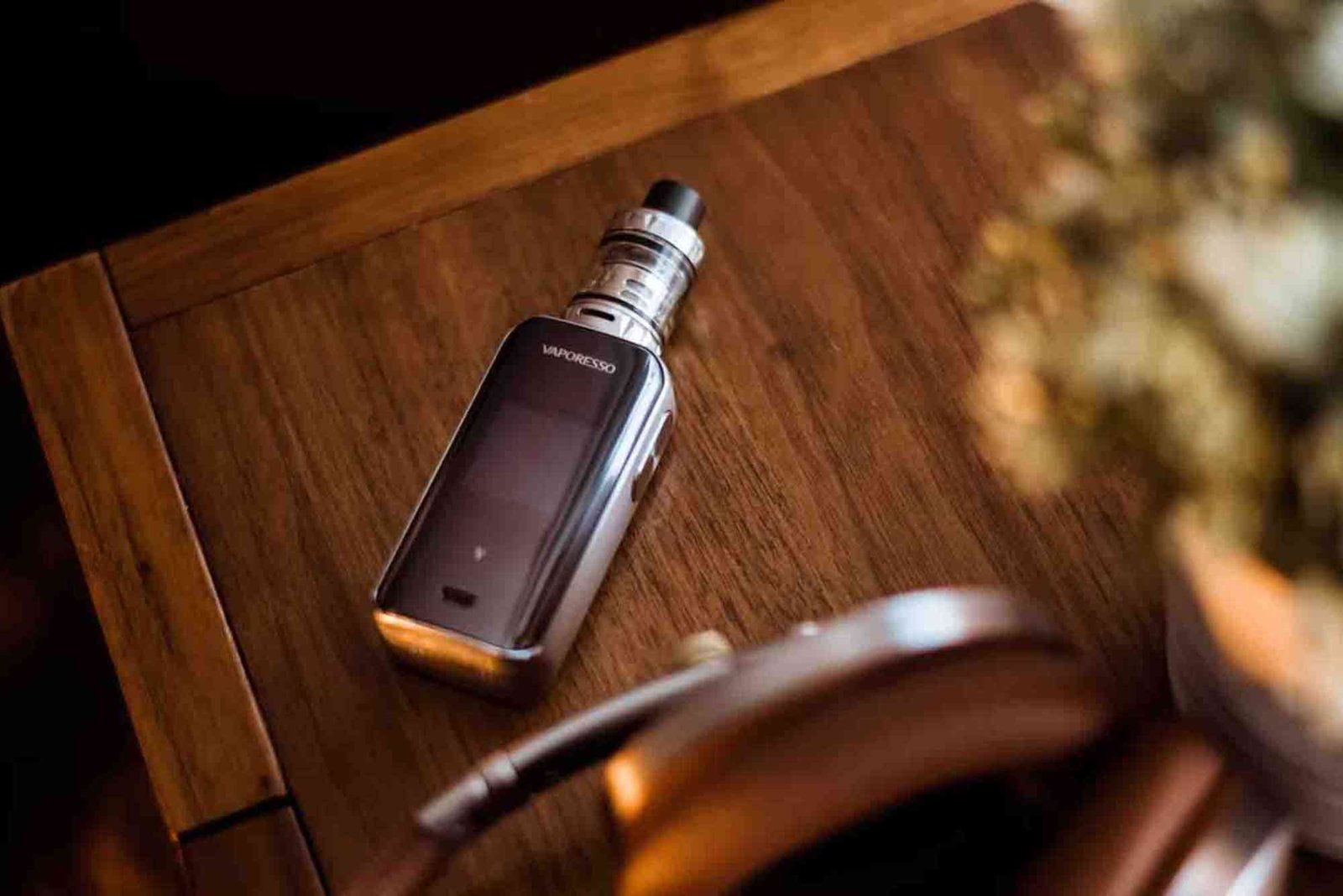The Pros and Cons of Disposable Vapes: a balanced disposable vapes review
Disposable vapes exploded in popularity because they are tiny, cheap up front, and ready to puff. Yet a serious disposable vapes review has to go deeper than convenience. You need to weigh cost over time, performance, safety, waste, and regulation. This guide walks you through every angle so you can decide, with clarity, if disposables make sense for you.
What exactly are disposable vapes?
A disposable is a sealed device with a battery, prefilled e‑liquid, and a coil. You take it out of the wrapper and inhale. When it dies, you toss it. That simplicity drives demand, but a complete disposable vapes review must consider what you give up: rechargeability, refillability, control over nicotine strength, and long‑term value.
Disposable vapes review: the pros
True grab‑and‑go simplicity
No charging cables. No bottles. No menus. You open the pack and vape. For new switchers who feel overwhelmed by mods and pods, that ease removes friction. A disposable vapes review that values user friendliness will score them high here.
Predictable flavor and tight draw
Most disposables aim for a cigarette‑like draw and strong, sweet flavors. That predictable experience matters for beginners who just want something that “works.” Many users say consistent flavor is why they keep buying them.
Low entry price
The sticker price is attractive. You can try vaping for a few dollars instead of buying a kit. For a smoker testing the waters, that low barrier can be helpful. A fair disposable vapes review acknowledges this real psychological and financial benefit at the start.
Disposable vapes review: the cons
Cost adds up fast
Over weeks and months, disposables often cost far more than refillable pod systems. You keep buying a whole new device every time you run out. That is convenient, but it is also expensive. Many users only realise this after tracking a month of spend.
Environmental waste is significant
Each stick contains a lithium battery, plastic body, and electronics. They rarely get recycled. Landfills fill with millions of tiny batteries. Any honest disposable vapes review must flag this as one of the biggest drawbacks.
Less control over nicotine and airflow
If you want to step down nicotine or tweak airflow to suit your throat hit, you can’t. You are stuck with what the brand decided. That limits harm‑reduction strategies like progressive nicotine tapering.
Quality and compliance vary
Not all brands follow the same testing or labeling standards. Some devices overstate puff counts or nicotine levels. A careful disposable vapes review needs to highlight that buyers must check lab test availability, batch numbers, and brand reputation.
Cost breakdown: are disposables really cheaper?
At first glance, yes. But compare a month of daily vaping. A typical disposable costs more per milliliter of e‑liquid than bottled juice for a refillable pod or mod. When you multiply that difference across weeks, disposables usually lose. The only time they might “win” is for ultra light, occasional users. For steady users, a disposable vapes review will almost always conclude that refillables or pods are smarter financially.
Performance and flavor: how do disposables compare?
Most disposables hit hard at first, then fade as the battery weakens or the coil degrades. Refillable pod systems let you swap coils or refill with fresher juice, keeping flavor consistent longer. Disposables trend toward ultra sweet, ice‑heavy, fruit blends. If you love dessert, menthol, or candy profiles, you will like them. If you want complex tobacco, nuanced bakery, or subtle menthol layers, refillable setups give you more choice. A nuanced disposable vapes review should note that flavor fatigue is common with one flavor locked in.
Health and safety: what we know and what we don’t
Vaping is generally understood to expose users to fewer harmful compounds than smoking combustible cigarettes, but it is not risk‑free. Disposables use high nicotine salt strengths that can encourage overuse. Some markets cap nicotine; others don’t. If you are using high strength nic salts all day, monitor your intake, hydration, and any side effects like headaches or nausea. A responsible disposable vapes review encourages checking brand transparency, lab testing, and adherence to local regulations. Always remember: the safest option is not to vape or smoke at all.
Environmental impact: the hard truth
Every disposable equals a non‑rechargeable lithium battery, a plastic shell, and metal components. Multiply by millions of units, and you see the burden. Few municipal recycling programs accept them. Some brands and shops now trial take‑back schemes, but participation is low. If sustainability matters to you, the environmental section of any disposable vapes review will likely push you toward rechargeable pod kits or mods.
Who should and shouldn’t choose disposables?
If you are an adult smoker wanting a low‑commitment trial of vaping, a disposable can be an easy first step. If you travel often and need a backup device, disposables are handy. But if you vape daily, care about cost, want to taper nicotine, or value environmental responsibility, a refillable system is better. This is the practical, experience‑based conclusion many seasoned reviewers land on in a comprehensive disposable vapes review.
How to read a disposable vapes review critically
Look for clear testing methods
Did the reviewer actually finish the device, time battery life, and measure puffs, or did they guess? Serious testers log usage and compare against stated puff counts.
Demand transparency on nicotine and ingredients
Good reviews link to lab tests, MSDS sheets, or at least explain nicotine strengths and carrier ratios. Vague numbers should raise alarms.
Watch for affiliate bias
Monetized reviews can still be honest, but disclosures matter. If every disposable vapes review on a site ends with “10/10 must buy,” be cautious.
Compare across categories, not just within disposables
A review that only compares disposables to disposables might miss the key insight: a small refillable pod kit can solve most cons, at a lower long‑term cost.
FAQs
Are disposable vapes safer than rechargeable vapes?
Safety depends more on ingredients, build quality, and how you use the device than on whether it is disposable or rechargeable. Both carry risks, but neither is as harmful as smoking combustible cigarettes, according to most current evidence. However, disposables make it easier to consume high nicotine levels quickly, so monitor your intake.
How long does a disposable vape last?
It varies by capacity, coil efficiency, and how deeply you inhale. Light users might get several days. Heavy users may finish one in a day. Puff counts on boxes are marketing estimates, not guarantees.
Can you recharge or refill a disposable vape?
Most are not designed for recharging or refilling. Some users try to hack them, but it is unsafe and not recommended. If you want to recharge or refill, buy a device built for that.
Are disposable vapes more expensive than pods?
Usually yes, over time. Pods spread costs across bottles of e‑liquid and replaceable coils. Disposables bundle everything into one recurring purchase, which adds up quickly.
What nicotine strength do disposable vapes use?
Many disposables use high nicotine salt strengths, often 20 mg/mL in regulated markets and higher where allowed. Always check the label and consider stepping down if you plan to vape long term.
Why do disposable vapes taste so sweet?
Sweet, icy flavors mask harshness at high nicotine strengths and appeal to many new users. They also create a strong first impression, which boosts repeat sales.

